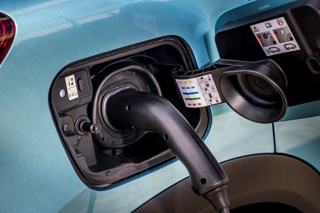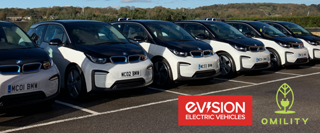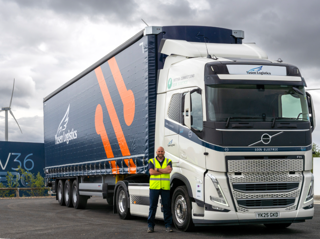A new report from EY and European energy industry body Eurelectric has found that digital solutions will play a critical role in the success of eMobility and the charging infrastructure required to support it.
The study – ‘Can utilities turn EVs into a grid asset?’ – examines the anticipated surge in EVs, from around 5m passenger cars, light commercial vehicles and heavy duty vehicles today, to 130m vehicles by 2035, and its impact on the grid.
The report is informed by Eurelectric and its members and includes insights drawn from discussions with industry leaders across the eMobility ecosystem, including automotive, utilities, fleet management, city planning and charging infrastructure.
Maria Bengtsson, Electric EY UK vehicle lead, said: “Electrifying road transport is critical for the UK to meet our tough emissions targets. In order to achieve this, all elements of the eco system will have to move forward in tandem and at pace. For the infrastructure, this means successfully rolling out charging infrastructure in all parts of the UK and ceating grid flexibility so that grid capacity does not become a bottleneck.”
Europe’s power grids face an enormous challenge from the imminent rollout of 130m EVs. The report calculates that the predicted surge in EVs will warrant at least 65m charge points, of which 9m will be public, up from 374,000 today.
Electricity demand from charging is also expected to grow by 30% per year, adding over 200TWh by the end of this decade. According to the report however, any destabilizing impact will not come from demand growth, but rather from thousands or even millions of EVs attempting to charge simultaneously.
EY analysis finds that grids, which are already heavily loaded in multiple areas, could become bottlenecks if peak EV charging periods coincide with peaks in general load.
Analysis of the six most common charging use cases – residential rural, residential urban, workplace, fleet hubs, overnight and highways – shows that peak load will increase by between 21% and 90%. For that reason, a ‘fit and forget’ approach to charger connections risks exacerbating congestion on already heavily loaded grids.
The report suggests that managed charging will be a game-changer, helping distribution system operators (DSOs) to transform the liability that comes from millions of EVs charging at will into an asset. Deploying smart grids will provide DSOs with real-time information about the grids they operate and the ability to analyze current and future needs. This data will help them to determine investment in grid reinforcement or flexibility solutions to cater for EVs. And incorporating digital solutions will enable DSOs to control the available capacity, time and duration of charging and shift EV charging to times to when grid energy is plentiful and cheap, thereby preventing the grid from buckling under the pressure.
Kristian Ruby, Eurelectric secretary general, added: “Europe is undergoing a turbo-charged shift towards eMobility. With EV numbers set to grow exponentially by 2035, we must ensure that the roll-out of charging infrastructure happens at similar speed, while we continue to reinforce and modernise our grids. The task ahead will require a massive effort from all players, but I remain convinced that we will create a successful shift to a cleaner, greener and more exciting mobility paradigm in Europe.”























Login to comment
Comments
No comments have been made yet.